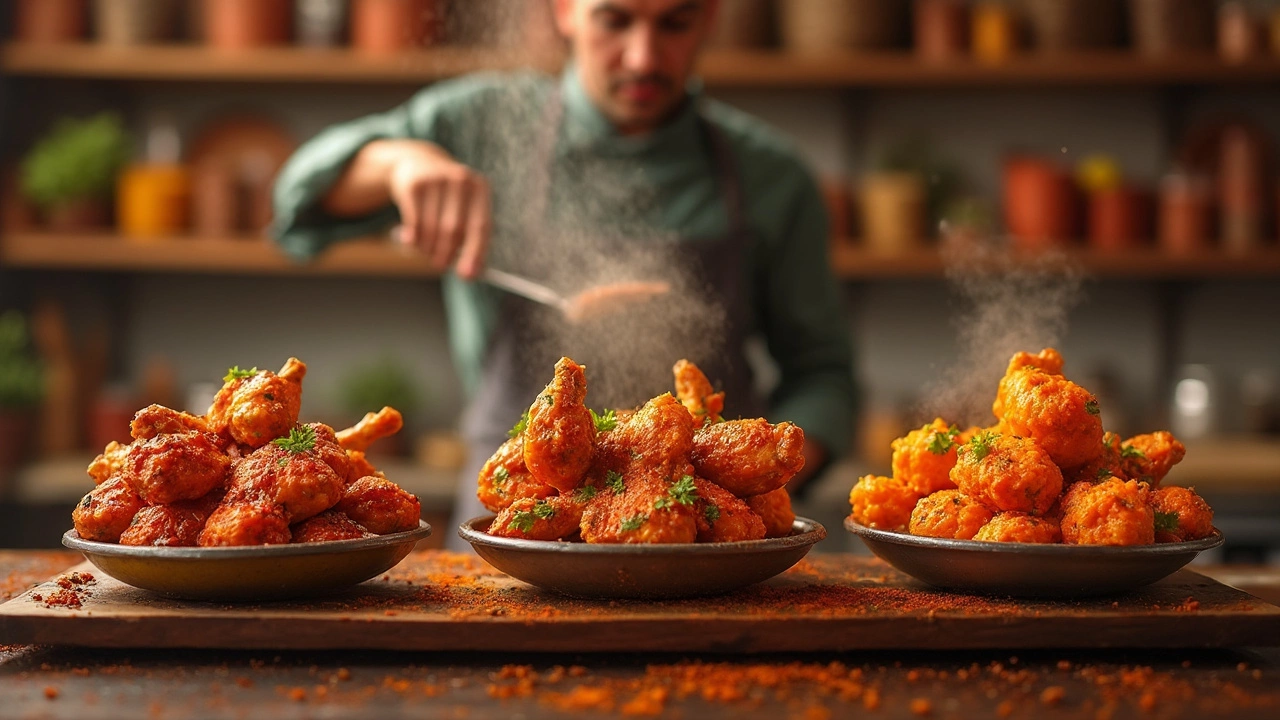Healthy Indian Food
When talking about healthy Indian food, the dishes that combine traditional flavors with balanced nutrition, low in excess oil and rich in plant‑based proteins. Also known as nutritious Indian cuisine, it brings together spices, legumes, and smart cooking methods to keep meals tasty and good for you. Dal is a core protein source, Curry adds metabolism‑boosting spices, and Paneer offers a versatile dairy protein.
Key Elements of a Nutritious Indian Kitchen
First, legumes like dal deliver high‑quality protein and fiber without the heaviness of meat. A typical cup of boiled moong dal supplies about 14 g of protein and 7 g of fiber, helping blood sugar stay steady. When you pair dal with a pinch of turmeric, cumin, and ginger, you also get anti‑inflammatory benefits. Second, the spice blend in Indian curry—turmeric, coriander, garam masala—does more than flavor food; curcumin in turmeric has been linked to improved joint health, while chilies can raise metabolic rate. Third, paneer, when made from low‑fat milk, gives a soft, calcium‑rich bite that fits well in salads or grilled skewers; a 100‑g serving adds roughly 18 g of protein and 300 mg of calcium. Finally, cooking techniques matter: steaming vegetables, using a light drizzle of mustard oil, or baking rotis instead of frying cuts unnecessary calories while preserving nutrients.
These ingredients tie together in practical ways. For example, a simple lentil‑spinach curry uses dal as the protein base, turmeric for color and health, and a splash of mustard oil for flavor—all cooked in one pot, saving time and oil. Another go‑to is a grilled paneer tikka marinated with yogurt and spice; the yogurt tenderizes the cheese and adds probiotics, while the grill removes the need for extra fat. By swapping heavy gravies for tomato‑onion bases seasoned with cumin and curry leaves, you keep sauces light yet rich in taste. Even the humble roti can stay fluffy and low‑calorie when you add a teaspoon of oil at the right stage of dough preparation, as many of our posts explain.
Putting these ideas into daily meals is easier than you think. Start your day with a bowl of sprouted moong dal topped with fresh coriander—quick, protein‑packed, and filling. Lunch could be a mixed vegetable curry with a side of whole‑grain roti, delivering fiber and steady energy. Dinner might feature grilled paneer with a cucumber‑mint salad, keeping calories in check while satisfying cravings for richness. Each dish showcases how healthy Indian food balances flavor and nutrition, proving that you don’t have to sacrifice taste for wellbeing.
Below you’ll find a curated set of articles that dive deeper into each of these topics—dal nutrition facts, the science behind curry spices, paneer vs tofu comparisons, and practical tips for making lighter rotis and biryanis. Whether you’re a beginner looking for simple swaps or an experienced cook aiming to fine‑tune your menu, the collection offers actionable insights you can start using right away.

Healthier Choice: Chicken Tikka vs. Tandoori Chicken
Ever wondered if chicken tikka or tandoori chicken is healthier? Both are popular Indian dishes, known for their flavorful spices and juicy taste. This article breaks down the health aspects of each, providing insights into ingredients, nutritional comparisons, and cooking techniques. Learn which one suits your diet better and pick up tips to make either dish healthier without sacrificing flavor.